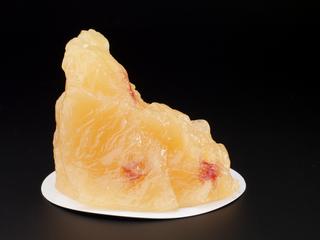Metal case for jubé-type blood transfusion apparatus, Paris, France, 1900-1945
The double-ended blood transfusion apparatus meant that the recipient and donor of the blood could be hooked up to the same device. The whole process took thirty minutes.
The apparatus was invented by Dr Louis Jubé, whose name is printed on the lid of the tin. The inscription translates as “Royal Italian Army”. It is believed that this object was used by Sir John Boyd, most likely Sir John Smith Knox Boyd (1891–1981), a British bacteriologist. He was part of the Royal Army Medical Corps during the Second World War and was responsible for blood transfusion and vaccination services in the Middle East.
- Materials:
- cotton (fibre) , glass , metal (unknown) and rubber (unidentified)
- Object Number:
- A600460/3
- type:
- box - container
- Image ©
- The Board of Trustees of the Science Museum







